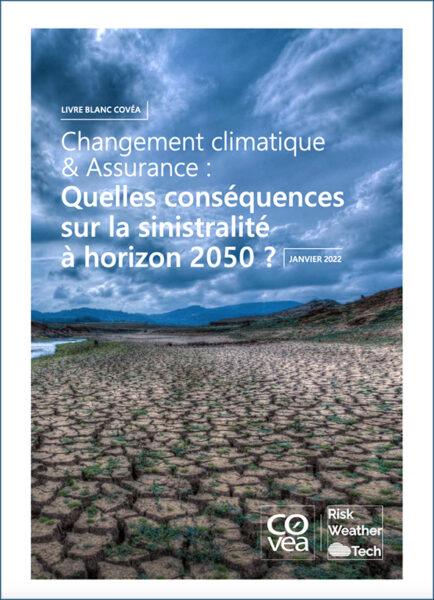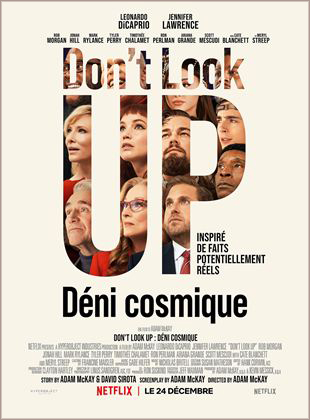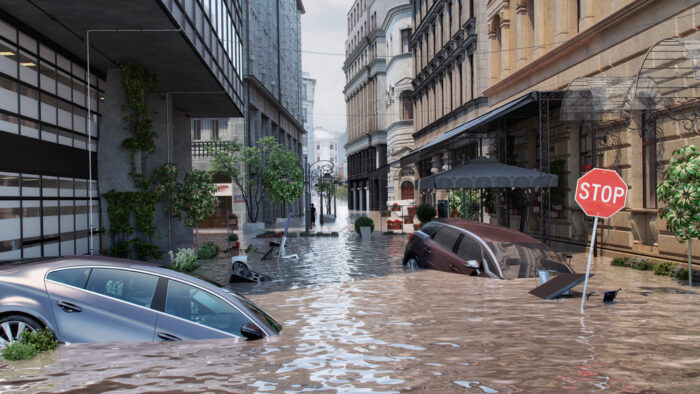The exhibition entitled “Ce qui arrive” at the Cartier Foundation in Paris until the end of March 2003 is well worth seeing, according to Jean-Jacques Salomon. The artworks on show remind us, through the wide range of representations of catastrophes of all sorts, that scientific and technological progress does not occur without creating victims – far from it.
After describing the high points of this exhibition , Jean-Jacques Salomon goes on to look at the relationship between human beings and scientific progress, and the consequences of this progress. He discusses Jean-Pierre Dupuy’s notion of “enlightened catastrophism” and the role of catastrophes in anticipating risks, as well as the precautionary principle and its limitations as it is currently defined. In his view, matters are not closed and technological risks are not unavoidable: past catastrophes (apart from natural disasters) provide us with experiences that enable us to increase our vigilance and improve our capacity to anticipate and prevent the risks that human beings themselves create.
Au musée des désastres. À propos de l’exposition “Ce qui arrive” de Paul Virilio à la fondation Cartier pour l’art contemporain
Cet article fait partie de la revue Futuribles n° 284, mars 2003



